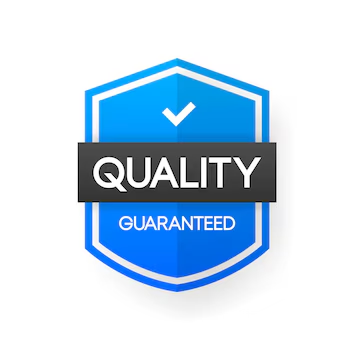This 10-page paper written in APA style will include:
I. Title Page
II. Abstract
III. Problem Statement
IV. Review of Literature
V. Historical, Current and Future Context of the Problem or Trend
VI. Plan to Address the Problem (integrating budget, planning, and governance
considerations)
****** Separate subheading for budget; for planning; and for governance) *******************
VII. Evaluation of Plan Implementation (This should be detailed)
VIII. Conclusion
IX. References (strict adherence to APA guidelines)
***DO NOT EXCEED OVER 10 PAGES**
The Conclusion should not start any later than page 10 in your paper. It is acceptable if your References page starts on page 11.
In adherence to the APA style, be sure to cite references in text and be sure the references appear in the reference list at the end of your paper.
*READ PROPOSAL BELOW*
Paper Proposal
My paper will be based on Cuts at the state level and their impact on students and tuition.
Long stretches of cuts in state financing for public colleges and universities have possibly driven up educational costs and hurt students educational encounters by constraining staff reductions, less course contributions, and campus closings. These decisions have made school more expensive and less open for understudies who need degrees cational to prevail in the present economy. Most of the states educational cost increments somewhere in the range of 2008 and 2019 have not completely balanced slices to state higher education financing. The cuts to state funded education mean tuition cost climbs, loss of extracurricular exercises and mounting student loan debt. This budget cut additionally, can be a potential effect on students turning out to be part time and commuting because they have to work to pay for school not being able to experience dorming and being a full time ‘traditional student.
I would address how this adjustment in tuition cost trends impacts the budget, enrollment of understudies, and diversity.
I will talk about how plans are being gathered to offset the effect of the trend, just as what job the trustees (governance function) may play in tending to this matter.
Budget influences educational cost just as understudies’ achievements, what plans colleges universities have put to subsidize students or suit them because of absence of assets, and what school trustees have done on their campus grounds are somethings that will be examined in my paper.





 June 30th, 2020
June 30th, 2020 

